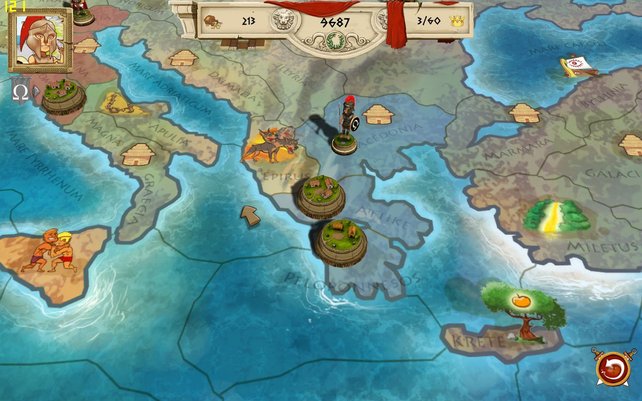
Recent studies have successfully developed frameworks to measure UX in cultural spaces, but most of them still lack understanding about how visitors interact with new technologies and simultaneously with the exhibits. A multitude of methods for UX analysis exist, but a clear overview of the current state of the available UX research methods in CH is missing. Thus, CH organisations need to carefully explore the potential of investing in UX, as visitor satisfaction and intention to return and spread positive word-of-mouth is closely linked to the destination's overall success. At the same time, Cultural Heritage (CH) has been a favored domain for UX research, while the visitor is able to exploit CH material before, during, and after the visit, having different goals and requirements in each phase. This paper details how ethics should be considered as digital archaeology moves forward, with discussions of existing successes and failures.įor more than a decade, User eXperience (UX) has grown into a core concept of Human-Computer Interaction (HCI) and has been widely disseminated and accepted in the HCI community. The result is a generation of archaeologists who are versed in digital forms, but whose work is ungrounded in consensus-led ethical frameworks that explicitly reference the digital. The adoption of discipline-wide standards of digital archaeological ethics has been slow, and the output of digitally centered archaeological data and published products has outpaced ethical discussion and implementation of ethical guidelines.
Though the ethics of participation in archaeological contexts have been defined (and refined) over the life of the discipline, the emergence of digital technologies as tools, and the centering of digital methodologies in archaeology have created new areas requiring ethical consideration. The assumption that archaeologists will behave ethically in fieldwork, analysis, and publication relies on a further assumption, that they have been taught what ethics mean in those contexts. Recommendations for interventions and future practical and theoretical work are presented. (4) Conclusion: A virtual museum can have different effects depending on the interaction of important variables from the virtual reality literature and not only the classic main effects. Similar tendencies are observed for specific attitudinal objects. However, in the case of visiting an interactive website, the effect of the direction of thoughts on attitudes occurred regardless of conditions of high or low presence. In a virtual museum, when general attitudes are evaluated, a sense of high psychological presence reduces the effect that thoughts (especially when negative) have on attitudes. (3) Results: Attitudes toward heritage can change as a function of a multimedia experience, thought favorability, and presence. (2) Methods: We used a factorial design of 2 (direction of thoughts: positive vs. In this sense, this work seeks to evaluate the impact of a virtual museum on users’ attitudes toward cultural heritage.

Virtual museums have appeared as innovative technological products but often lack an evaluation of the impact that they have and their success in achieving their purpose. (1) Background: Several opportunities have appeared for the dissemination of culture and heritage thanks in part to the widespread use of information and communications technologies. The book will be of particular interest to students and scholars in museum studies, digital archaeology, heritage studies, architectural history and modelling, virtual environments.
#Tiny token empires walkthrough how to
Leading international scholars have provided chapters to explain current issues in accuracy and precision challenges in adopting advanced animation techniques shows how archaeological learning can be developed in Minecraft they propose mixed reality is conceptual rather than just technical they explore how useful Linked Open Data can be for art history explain how accessible photogrammetry can be but also ethical and practical issues for applying at scale provide insight into how to provide interaction in museums involving the wider public and describe issues in evaluating virtual heritage projects not often addressed even in scholarly papers. This book provides an accessible but concise edited coverage of the main topics, tools and issues in virtual heritage. Virtual heritage has been explained as virtual reality applied to cultural heritage, but this definition only scratches the surface of the fascinating applications, tools and challenges of this fast-changing interdisciplinary field.


 0 kommentar(er)
0 kommentar(er)
